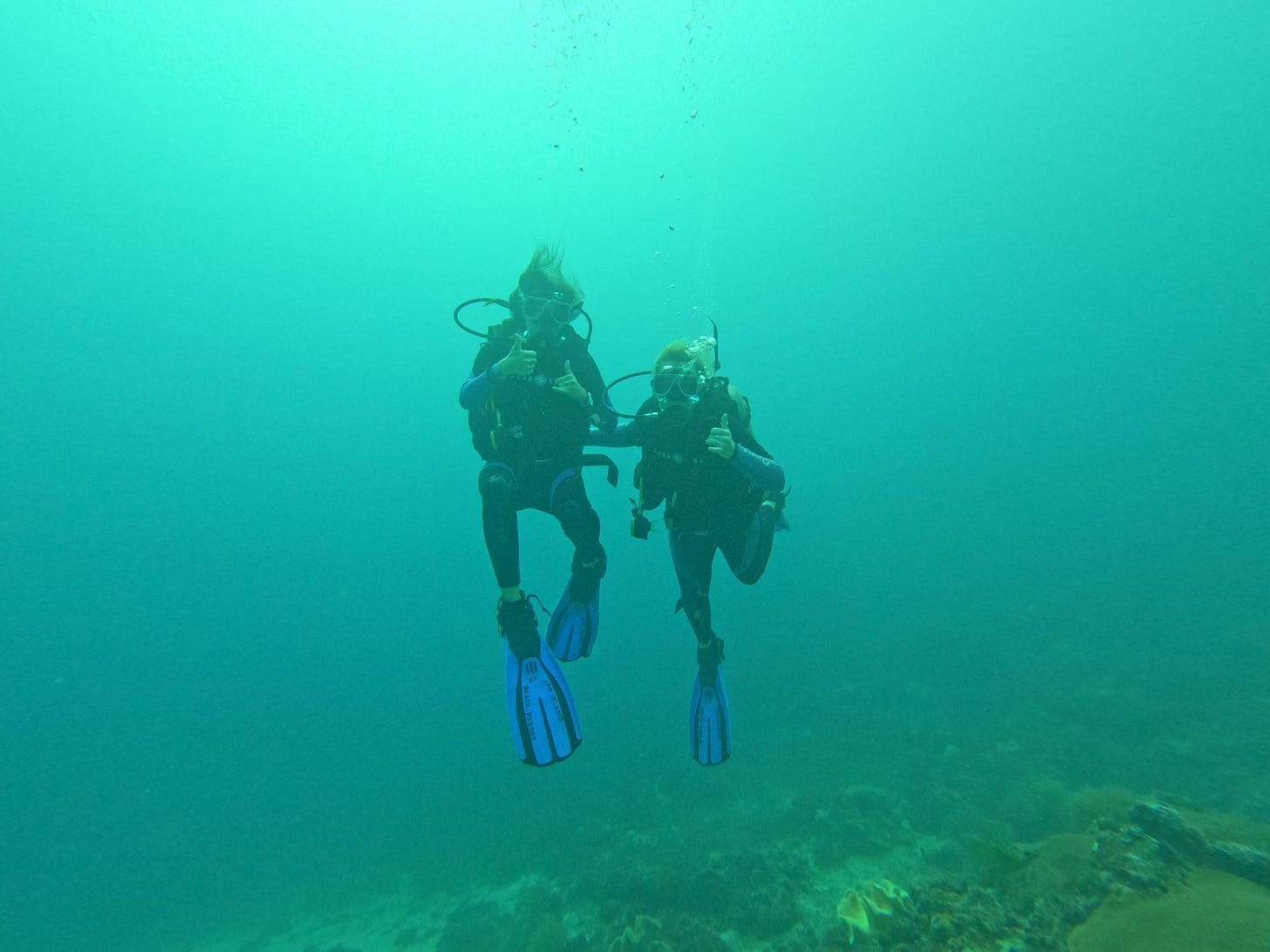Issue #4: Against the Current
Climate Impacts on Water Sports
Climate change is impacting recreation choices, and water is integral to sport. Rising temperatures create a warmer atmosphere which holds more water vapor, intensifying storms, fueling floods, and creating more frequent droughts. For paddlers, sailors, and anglers alike, the waters we rely on are becoming more unpredictable, and at times, more dangerous.
Fuel for Extremes
Weather patterns shape every aspect of water sports, and climate change is making them increasingly unpredictable. Stronger hurricanes, tropical storms, and extreme weather events are occurring more often, raising safety risks for athletes and enthusiasts alike. These shifts disrupt competitions, cancel long-planned outings, and add new uncertainty to time spent on the water.
At the same time, rising global temperatures are accelerating evaporation—about 7% more for every 1 degree celsius rise in temperature— causing fluctuating water levels in rivers, lakes, and reservoirs. For paddlers, rowers, and rafters, these changes threaten access to reliable flows. Along coastlines, surfers face shrinking beaches and eroding breaks as sea levels rise and shorelines recede. At the same time, prolonged droughts are shrinking rivers and reservoirs, stranding marinas, and reducing safe flow days. Unpredictable cycles of flood and drought are forcing communities to reconsider not only how, but also where, water sports can thrive in the future.
Become a paid subscriber to access this story in full.
Keep reading with a 7-day free trial
Subscribe to Nature's Playbook to keep reading this post and get 7 days of free access to the full post archives.



